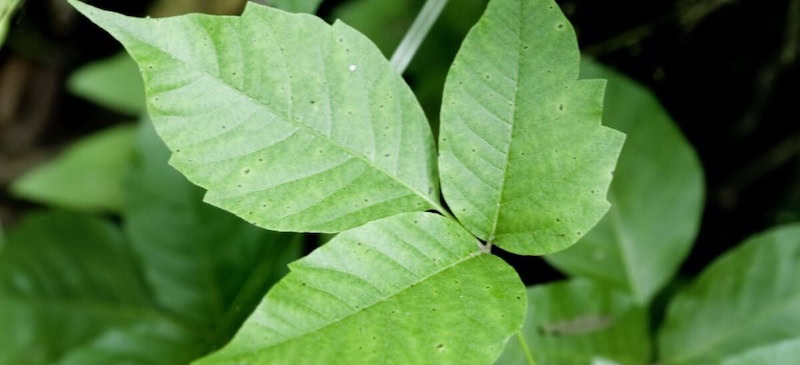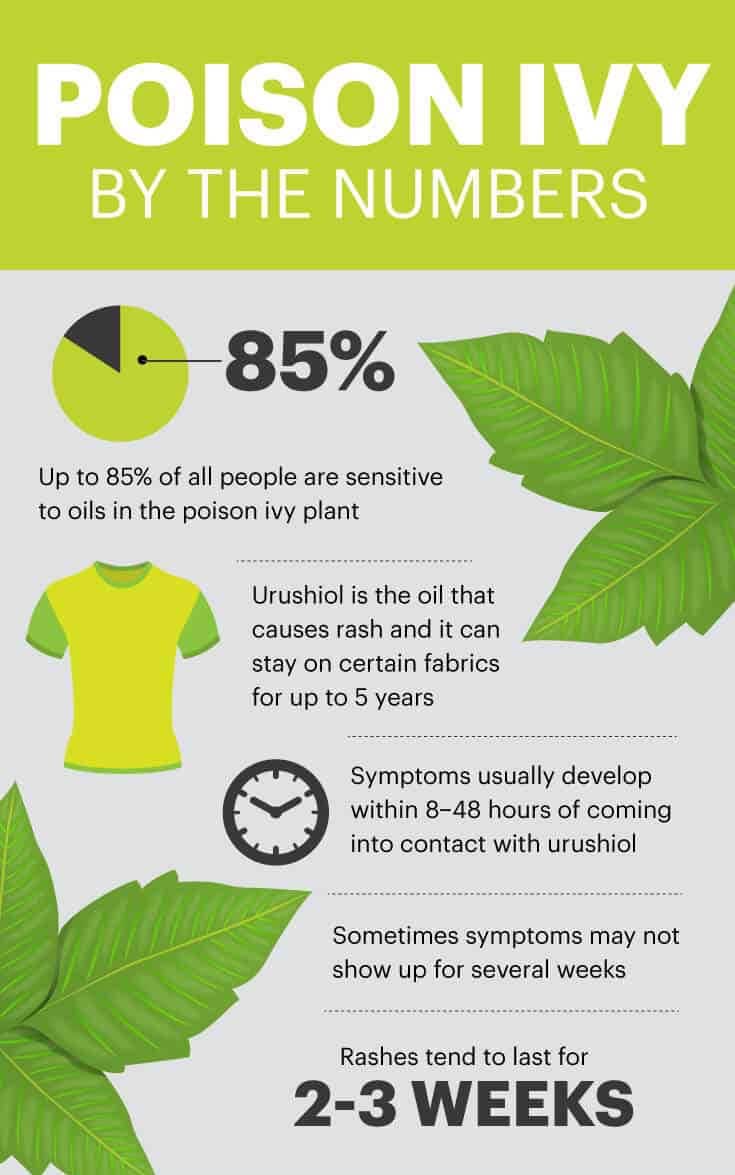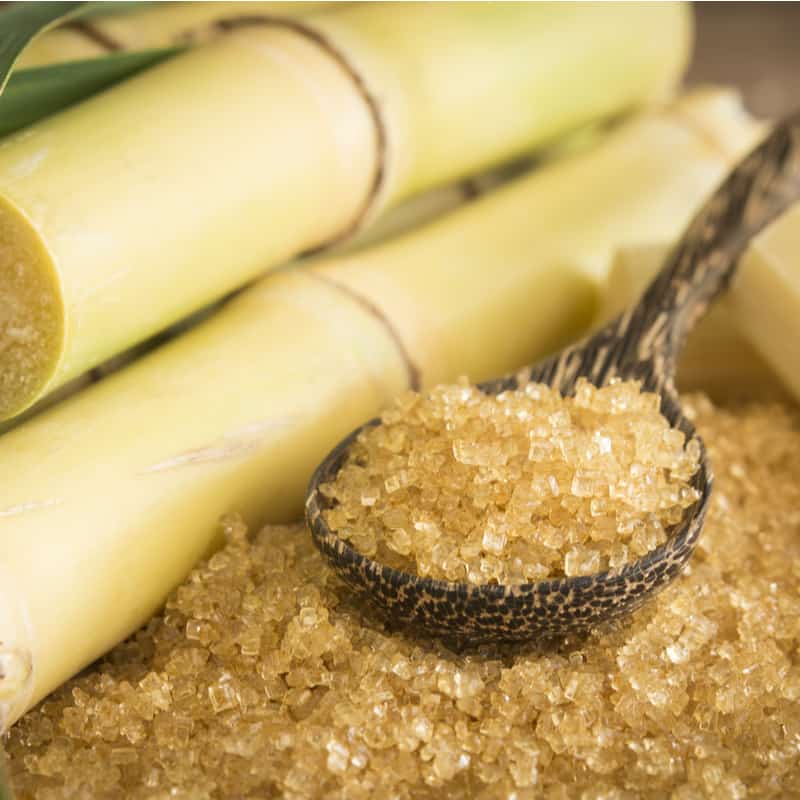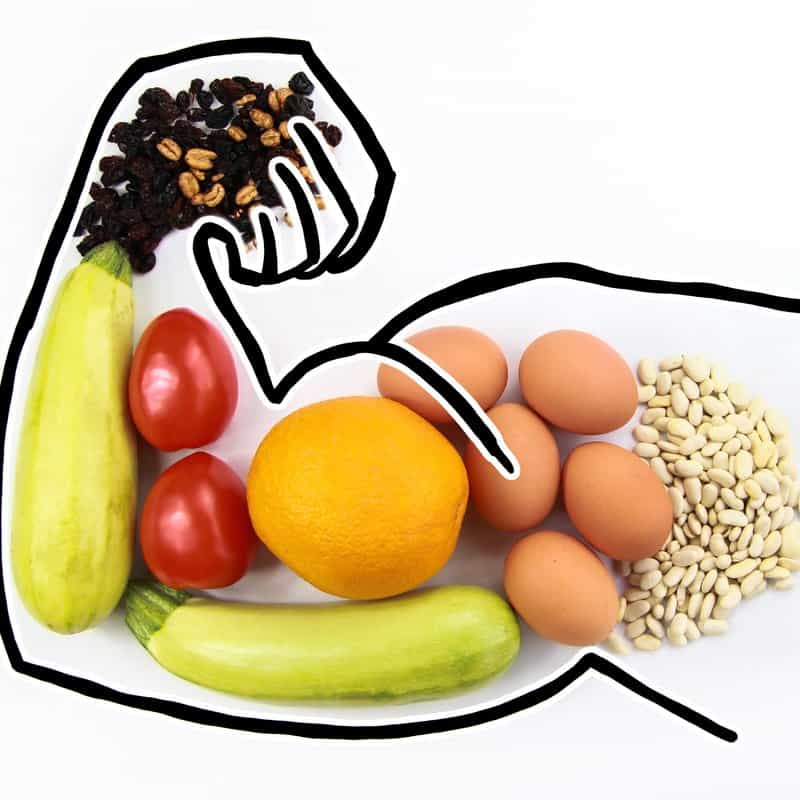This Dr. Axe content is medically reviewed or fact checked to ensure factually accurate information.
With strict editorial sourcing guidelines, we only link to academic research institutions, reputable media sites and, when research is available, medically peer-reviewed studies. Note that the numbers in parentheses (1, 2, etc.) are clickable links to these studies.
The information in our articles is NOT intended to replace a one-on-one relationship with a qualified health care professional and is not intended as medical advice.
This article is based on scientific evidence, written by experts and fact checked by our trained editorial staff. Note that the numbers in parentheses (1, 2, etc.) are clickable links to medically peer-reviewed studies.
Our team includes licensed nutritionists and dietitians, certified health education specialists, as well as certified strength and conditioning specialists, personal trainers and corrective exercise specialists. Our team aims to be not only thorough with its research, but also objective and unbiased.
The information in our articles is NOT intended to replace a one-on-one relationship with a qualified health care professional and is not intended as medical advice.
20 Potential Natural Remedies for Poison Ivy Rash
May 27, 2025

Did you know that up to roughly 85 percent of all people are sensitive to oils found in the poison ivy plant? It’s true, which is why poison ivy rash is so common.
Those who react to poison ivy by developing a skin rash are also very likely to develop similar symptoms from coming into contact with poison oak or poison sumac. When a person is “sensitized” to poison ivy’s oils (the skin touches the oils and enters the immune system, causing a histamine response), a form of dermatitis develops on the skin. In about 15 percent of people, this reaction can become very severe.
Fortunately, the poison ivy rash itself isn’t contagious. It cannot be spread from body part to body part or from person to person.
However, having a poison ivy rash once does not protect you from getting it again in the future, and the fact that poison ivy’s oils can linger on tools and clothing for long periods of time means a rash can easily spread.
If you’re struggling to control your poison ivy symptoms, natural remedies for rashes, including essential oils, supplements and compresses, can all help lower itchiness and redness while you heal.
How to spot poison ivy
Poison ivy (Toxicodendron radicans) is one of many “poisonous” plants that cause reactions in humans. The particular species commonly known as eastern poison ivy grows across the U.S., along with most parts of Canada and Asia
The rash that poison ivy plants produce is caused by contact with one of its volatile oils called urushiol. All parts of the plant can contain this oil and are considered poisonous. Yes, that means the roots, leaves, flowers, berries, stems and vines.
Urushiol cannot be seen on the plant’s surface. It’s a sticky, clear liquid compound that’s found in the plant’s sap. It’s totally colorless and odorless, which makes it hard to spot and avoid.
Urushiol oil is quickly absorbed into the skin and can remain on the surface of the skin or clothing and other materials for several weeks or more. In fact, some research has found that urushiol can stay on certain fabrics for up to five years!
Recognizing what poison ivy plants look like (as well as poison oak and poison sumac) and avoiding exposure are the first steps in preventing a poison ivy rash from developing. Here are some pointers:
- Poison ivy plants have three leaves and tend to be shiny and medium-sized. Some people like to remember the common phrase, “Leaves of three, let it be.” The leaves are usually bright green but can also have shades of red or yellow.
- Poison ivy is capable of growing in many climates and is found across the U.S. It tends to grow in areas where people roam around, including the edges of trails, streets or gardens.
- It can be found on golf courses, campsites, near the beach, hiking trails, by garages and on the side of dirt roads. The reason it’s commonly found in these areas is because the plant likes partial shade and tends to grow where densely populated woods meet open land.
- It can appear as either a small vine or a small shrub, which means it’s sometimes on the ground but also up higher. Its base/trunk tends to grow tiny hairs on it, which means it’s a good idea to look over a whole plant if you suspect poison ivy.
A poison ivy rash is really a type of allergic reaction called contact dermatitis that can be anywhere from very mild to very severe, depending on someone’s individual tolerance.
Most people develop poison ivy symptoms within eight to 48 hours of coming into contact with urushiol. However, others don’t display all or any symptoms for much longer (up to several weeks).
Symptoms might gradually appear over the course of several weeks due to repeated exposure to the plant’s oils without someone realizing it or just because of how long it takes the immune system to fully react.
Some of the materials and tools that can harbor urushiol oil around your house include:
- Gardening equipment, like gloves or shovels
- Garden hoses
- Cotton clothing, hats, shoes, socks or other clothing
- Pet fur
- Furniture
- Doorknobs
- Sports equipment
Smoke burning from poison ivy plants can also release urushiol, which can be inhaled and cause a reaction in some people. Developing a poison ivy rash from this type of exposure is much less common, however.
Other risk factors for developing a poison ivy rash include:
- Having family members who are allergic to the plant or who have had reactions in the past. Poison ivy allergies seem to run in families.
- Having a history of strong allergies or weakened immune system due to other medical conditions, like autoimmune disorders.
- Weeding using a weeder, which cuts up and sprays out plants. This can cause poison ivy’s oil to get splattered on your skin or clothes.
- Having sensitive skin (usually fair, easily sunburned and prone to rashes).
Symptoms of a poison ivy rash or other reactions caused by poison ivy include:
- Intense itching, especially if someone has dry and sensitive skin to begin with (or a skin condition like eczema and dermatitis)
- A red rash on the skin that might have yellow, inflamed patches
- Multiple blisters on the skin, some of which can be small or others very big; typically blisters develop in patches or straight lines following a path where the oil was rubbed against the skin, and if the rash becomes very bad the blisters can sometimes open and start oozing fluid
- Once the rash starts to heal, a scab usually forms; healed skin might become dry and appear a different shade than the rest of the skin
- Sunburns might make newly healed skin extra dry and sensitive, so avoid the sun while healing or immediately afterward

Natural treatments
1. Cold compress
Applying cool, wet compresses to the affected area can reduce inflammation and relieve itching. Simply soak a clean cloth in cold water, and apply it to the rash for 15-30 minutes several times a day.
Experts recommend using a cool compress on the skin over areas where blisters are present. This is especially effective if you add compounds that can help control the rash, including lavender oil.
You can wet a small towel or even a pillowcase (which tends to be very soft) in cold water or wrap it around ice, then gently press it against inflamed skin for 15-30 minutes at a time. Apply a compress up to several times a day if needed, ideally about every three to four hours.
Some people also choose to soak their wet compresses in solutions that can help ease swelling, including aluminum acetate. Natural treatments, including apple cider vinegar or brewed/chilled black tea, can help ease the itch due to their tannins and other compounds that lower inflammatory reactions.
2. Colloidal oatmeal bath
An oatmeal bath is one of the most soothing remedies for a poison ivy rash. In particular, colloidal oatmeal (finely ground oats) added to lukewarm bath water helps calm itching and inflammation. Soak for about 15 to 20 minutes for relief.
Oatmeal contains substances, including avenanthramides and phenols, that have anti-inflammatory properties and help relieve itchiness. You can also use regular oatmeal to make a bath if you don’t have colloidal oatmeal.
3. Baking soda
Baking soda has anti-inflammatory properties that can dry out blisters and relieve itching. Mix three parts baking soda with one part water to make a paste. Apply it to the rash, and let it sit until dry before rinsing off.
4. Aloe vera
Fresh aloe vera gel has cooling, soothing and anti-inflammatory effects. Apply it directly to the poison ivy rash to reduce itching and support skin healing.
You can also make this DIY Rash Cream with Aloe & Lavender.
5. Apple cider vinegar
Dabbing diluted apple cider vinegar on the rash may help remove urushiol from the skin and dry out blisters. Mix equal parts vinegar and water before applying with a cotton ball.
6. Witch hazel
Witch hazel has natural astringent and anti-itch properties. Apply it directly to the rash using a cotton pad to help reduce swelling and irritation.
7. Rubbing alcohol
Rubbing alcohol can help remove urushiol oil if applied soon after exposure to poison ivy. It may prevent or minimize the rash if used within the first few hours.
8. Resist scratching
Though it’s tempting, avoid scratching the rash. Scratching can worsen irritation, cause infection and delay healing. Keeping fingernails trimmed, and using soothing treatments can help.
9. Bentonite clay
Bentonite clay has strong detoxifying and drying properties. A paste made from the clay and water can be applied to the rash to draw out toxins and soothe inflammation.
It’s easy to make a DIY Anti-Itch Cream with Bentonite Clay, which helps dry up blisters and reduces swelling. Apply a small amount to the affected area, let it dry until it forms flakes and then gently rinse with water.
10. Jewelweed
Traditionally used by Native Americans, jewelweed is believed to neutralize urushiol oil and reduce itching. You can apply jewelweed salve or extract to affected skin for relief.
You can find bottles of this plant online, which contains an essential oil that lowers many plant poison reactions. Witch hazel is used in a similar way to treat skin and might be more readily available than jewelweed.
11. Echinacea
Echinacea has immune-boosting and anti-inflammatory effects. It can be taken as a tea or tincture to support the body’s healing response to a poison ivy rash and lower histamine reactions.
Mix one part echinacea (tincture form) with three parts water, then apply the mixture to the skin several times per day with a compress.
12. Essential oils
Some essential oils, such as tea tree oil and lavender oil, have antimicrobial and anti-inflammatory benefits. Dilute essential oils with a carrier oil (like coconut or olive oil) before applying to the skin.
Topically applying essential oils for allergies like geranium, tea tree, rose, helichrysum and lavender can improve rashes by lowering inflammation. Simply add three drops of oil to a compress, and apply to the area three times daily.
If you have sensitive skin, you can mix three drops with a half teaspoon of coconut oil to further dilute it and reduce its strength.
13. Vitamin B12
Vitamin B12 supports skin health and may help reduce allergic inflammation when taken as a supplement during a poison ivy rash outbreak.
14. Stinging nettle
Despite its name, stinging nettle has natural antihistamine properties that may reduce allergic responses. Nettle tea or supplements can support the body in managing rash symptoms.
15. Quercetin
Quercetin is a natural flavonoid with anti-inflammatory and antihistamine effects. Found in foods like apples and onions, it’s also available in supplement form to help calm allergic skin reactions.
16. Vitamin C
Vitamin C is a powerful antioxidant that can boost immune function and reduce inflammation. Taking it during a poison ivy rash episode may promote quicker healing.
17. Menthol cream
Menthol-containing creams can provide a cooling sensation that relieves itching. Look for natural menthol creams made with peppermint oil or eucalyptus to soothe irritated skin.
18. Chamomile
Chamomile has anti-inflammatory and calming effects on the skin. You can steep chamomile tea bags, let them cool and place them directly on the poison ivy rash, or you can use chamomile-infused creams to reduce redness and itching.
19. Cucumber slices
Cucumber has cooling and soothing properties that offer instant relief from itching and swelling. Place chilled cucumber slices on the affected area to calm irritation and reduce puffiness.
20. Banana peel
Rubbing the inside of a banana peel on a poison ivy rash is a traditional remedy believed to reduce itching and inflammation. While not scientifically proven, many people report soothing effects from this natural method.
Conventional treatments
1. Topical corticosteroids
Over-the-counter hydrocortisone creams are often the first line of treatment for reducing inflammation, itching and redness. For severe rashes, a doctor may prescribe a stronger corticosteroid.
2. Antihistamines
Oral antihistamines like diphenhydramine (Benadryl) or loratadine (Claritin) help relieve itching and improve sleep if the poison ivy rash causes nighttime discomfort.
3. Calamine lotion
Calamine lotion is a classic remedy for poison ivy. It has a cooling effect that relieves itching and can help dry oozing blisters.
4. Oral steroids
For widespread or severe poison ivy rash, a healthcare provider may prescribe an oral steroid, such as prednisone. This treatment can significantly reduce inflammation and itching over a short period.
5. Skin cleansers
Special cleansers like Tecnu or Zanfel can remove urushiol from the skin, especially when used soon after exposure. They may also prevent the rash from spreading.
How to prevent poison ivy rash
1. Use preventative creams
A number of available creams, soaps and lotions can be used to help lower your risk for developing symptoms if you do come into contact with the plant. However, these still won’t guarantee that you’re protected from having an allergic reaction, so always use caution when you’re working outdoors and suspect there’s poison ivy.
Some people swear by using protective lotions before they garden or work outside, since these can add a buffer between the plant and your skin.
One popular new product is called Technu, which can be used right away after exposure to remove the oil. For most people, Technu works best when used within one hour or less of contact, although the manufacturers claim it’s useful for up to eight hours.
But again, this or any other product isn’t guaranteed to work and usually won’t do enough to prevent a reaction in people who are highly allergic.
2. Wash your hands and shower after exposure
Washing your hands or body with strong soap and water immediately after being exposed can help remove the oil and lower your risk for having a reaction. The key is to do this as soon as possible, since the more time the oil has to linger on your skin, the higher the chances are that a poison ivy rash will develop.
Skip using a washcloth when washing or drying your hands, since oil can sometimes make its way onto the cloth and remain there. And make sure to wash under your fingernails, where the oil can be tough to get out.
Researchers don’t know the exact window you have to wash your hands before a reaction will occur, but sooner is always better.
Although other commercial washes are now available that claim to be stronger than ordinary soap (including some that contain alcohol, acetone and other chemicals), experts don’t always agree that these are any more effective in preventing a rash. Hand soap, laundry detergent and body wash/soap work well enough for most people.
3. Wear gloves when gardening and wash them
Wondering what happens if you wear latex gloves or gardening gloves while contacting poison ivy? Poison ivy’s oils can actually penetrate latex gloves, although for some people wearing them is enough to prevent a reaction.
Gardening gloves can be helpful if you wash them thoroughly afterward with soap and water (or bleach), but there’s still a risk that some oil will make its way onto your skin through the gloves. Don’t forget that the oil can linger on unwashed gloves or other equipment for weeks, so be careful to wash everything that might have been exposed to the plant.
The same goes goes your clothes, socks and even shoes: Make sure to wash anything right away that was exposed. Try to retrace your footsteps, and wash over any surface that might have been rubbed with the oil, including doorknobs, gardening tools, your hose or sink faucet.
Poison ivy vs. poison oak vs. poison sumac
Similar oils are found in all three plants and interestingly also found in other plants, like cashews (specifically their shells) and the skin of mangoes. These poisonous plants are likely to cause very similar reactions, although it’s possible to be allergic to one and not all three.
Poison ivy grows in a range of different climates compared to poison oak or sumac, which is why it’s more commonly a problem.
How can you tell the difference between the plants and their symptoms?
According to Lawrence F. Eichenfield, M.D., a professor of pediatrics and dermatology at University of California, you won’t be able to tell the difference between a rash caused by any of these three plants. He told Parents Magazine, “If you were theoretically in a place where all three plants were together and you brushed all three plants, the rash would be indistinguishable.”
That being said, you can still be on the lookout for different poisonous plants when you’re outside.
- Poison oak is usually a higher-climbing vine or a shrub and most likely to grow in the Western U.S. or the South. Its leaves look a lot like those that form on common oak trees, which won’t cause a similar reaction. Poison oak trees usually grow berries that are green in summer and off-white in cooler months, while poison ivy plants don’t grow berries.
- Poison sumac leaves tend to grow in patches of seven to 13 leaves on taller stems, instead of three leaves. The plant usually produces berries that are green in the summer and yellow-white in the winter. Usually, sumac grows in the Northern U.S. or the Deep South.

Precautions
If you notice severe symptoms due to an allergic reaction to poison ivy, it’s best to call your doctor. These include swelling of sensitive areas (like your throat, eyes, mouth or genitals), nausea, oozing blisters, a fever or a very hard time sleeping due to discomfort.
What happens if the rash lasts longer than several weeks or becomes unbearable and very inflamed?
If someone is severely allergic to poison ivy, most doctors will recommend a corticosteroid shot, such as prednisone or triamcinolone. The first line of defense will usually be to apply a cream containing hydrocortisone or calamine lotion.
Steroid injections are used to help lower severe inflammatory responses and control swelling or itchiness, but they should only be a last-resort option. Steroids can cause side effects in some people and are not meant to be administered every time someone has a skin reaction, but only if the situation becomes very uncomfortable and even risky. They’re also very unsafe to use on the face or genitals, or in pregnant women or young children.
If your doctor does recommend a steroid injection to help control your response, keep in mind that steroid tablets (oral corticosteroids) are more likely to cause side effects than injections, especially if taken for more than several days in a row. Side effects can sometimes include worsened skin reactions at the site of the injection, muscle and joint pain or swelling, puffiness, weakness, and thinning and lightening of the skin.
Your skin is also more prone to sunburns and irritation from anything you put onto it after a steroid injection, so take precaution.
Frequently asked questions
Is every person allergic to poison ivy?
No, a small group of lucky individuals won’t react to exposure with any symptoms at all. However, the majority will.
Luckily, experts believe that the more often you come into contact with the plant, the less likely you might be to develop a rash over and over again. Like with exposure to other viruses or bacteria, a strong immune system seems to build up a tolerance to poison ivy’s oils … although this still doesn’t guarantee any protection.
While some people notice reduced reactions to poison ivy after some time, others aren’t so lucky.
How long does poison ivy last?
For most people, a poison ivy rash tends to last for about two to three weeks. Everyone’s reaction to poison ivy is different, since an allergic response depends on someone’s tolerance to the oils and strength of the immune system.
Keep in mind that symptoms might appear at different times and in different locations. Some areas of the skin are more sensitive than others, so it can take longer for certain patches of blisters to heal.
The good news is that the poison ivy rash itself, or any fluid it might ooze if it becomes very inflamed, cannot cause the rash to spread. Spreading means that symptoms are still emerging slowly, or you’re being exposed to the oil from materials or tools over and over again.
All in all, poison ivy can be unpredictable. It can take several weeks for all symptoms to emerge, which can make the rash frustrating to treat.
Final thoughts
- Poison ivy’s oil called urushiol causes rashes in about 85 percent or more of all adults and children.
- Direct contact with the plant’s oil is all it takes to cause an allergic reaction. The oil can remain on surfaces and clothes for many weeks, or even months, but is killed using soap, bleach or sometimes alcohol.
- Avoid exposure to poison ivy plants as much as possible by protecting skin, washing your hands and body after being near plants, and thoroughly cleaning surfaces that come into contact with the oil.
- Help treat poison ivy rashes using essential oils, natural antihistamine supplements and cold compresses.







